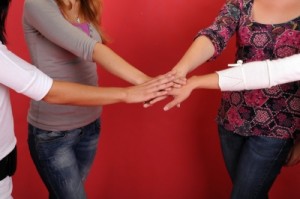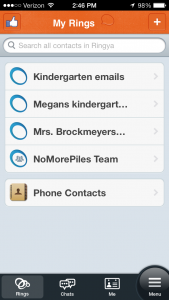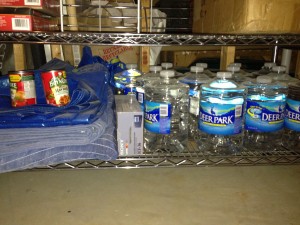At No More Piles we are Fitbit fanatics. Tara and I wear our Fitbits every day. Don’t know what a Fitbit is? Well, some will say it’s just a pedometer, but really, it is so much more.
It tracks:
• How many steps you take
• How many miles you’ve walked
• How many flights of stairs you have climbed
• How many calories you have burned
• How many active minutes you have had in your day
• GPS your walk, jog or run
• The Force, Flex and One can even monitor your sleep.
I have the Force and Tara has the One and we are working on getting them for the rest of our No More Piles team. But, as organizers, we are analyzing the pros and cons of each model to figure out which is best for each of our lifestyles. I prefer the Force, but it is currently retired. Tara has the One and loves it because you can clip it anywhere: shoe strings, bra strap, belt loop, etc. The only drawback to the One is that you have to remember to move the clip when you change clothes.

Fitbit also provides you with a free app and website to keep track of your vital information. It syncs via Bluetooth to your device, so you don’t have to do a thing once you initially pair it with your device. You can also log your daily food intake to get an accurate account of the calories you take in and those you burn off (although we prefer to log food with MyFitnessPal app which integrates with the Fitbit app). View all of your information on your smartphone or directly on the FitBit website from your desktop.
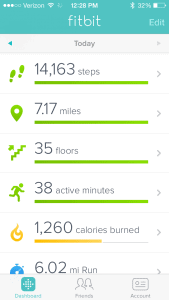
You are able to customize goals. You can set how many steps you want to take per day. You can also set your active minute, ounces of water consumed and weight loss goals. When you reach your daily goal your Fitbit buzzes to let you know or if you are looking at the app or website it send off happy little smiley faces for reaching those targets. It only needs to charge once a week (Tara charges hers in the car on the way to clients) and once it is recharged it always has something nice to say to me. This morning it was “Cheers”.
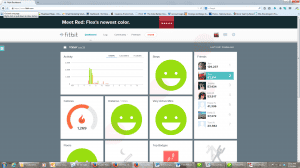
Our favorite feature is the ability to compete with your friends. Link up with others who have Fitbits and you are able to see who has the most steps. You can cheer, taunt or message any of your Fitbit friends to up the competition or encourage them to reach their goals. If you are striving to stay active this is a great product to help keep you motivated. It’s always a big competition between Tara and I to see who is getting the most steps. And if I’m honest sometimes knowing Tara is only a few steps ahead of me, is all the motivation I need to go for a walk in the evening to edge her out!
Check out the Fitbit we love it!!
If you liked today’s post, you’re welcome to use it in your own newsletter or blog as long as you include the following blurb: No More Piles Project Manager, Joan Robinson, helps working moms and families focus on what is important. Get our FREE weekly tips and advice at www.NoMorePiles.com.






